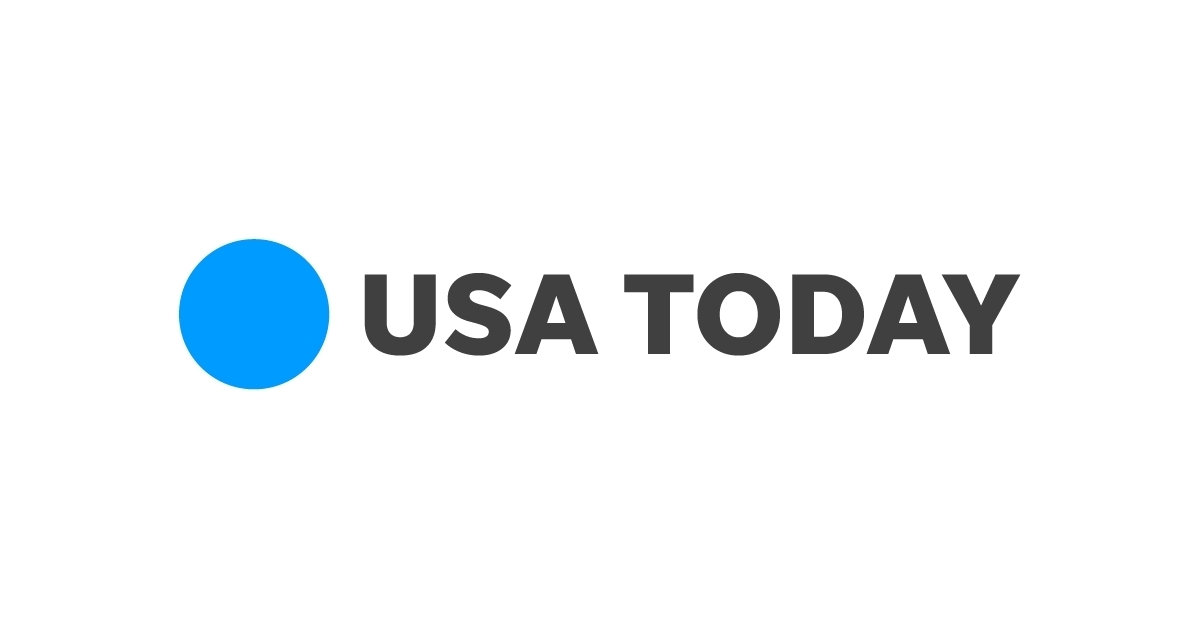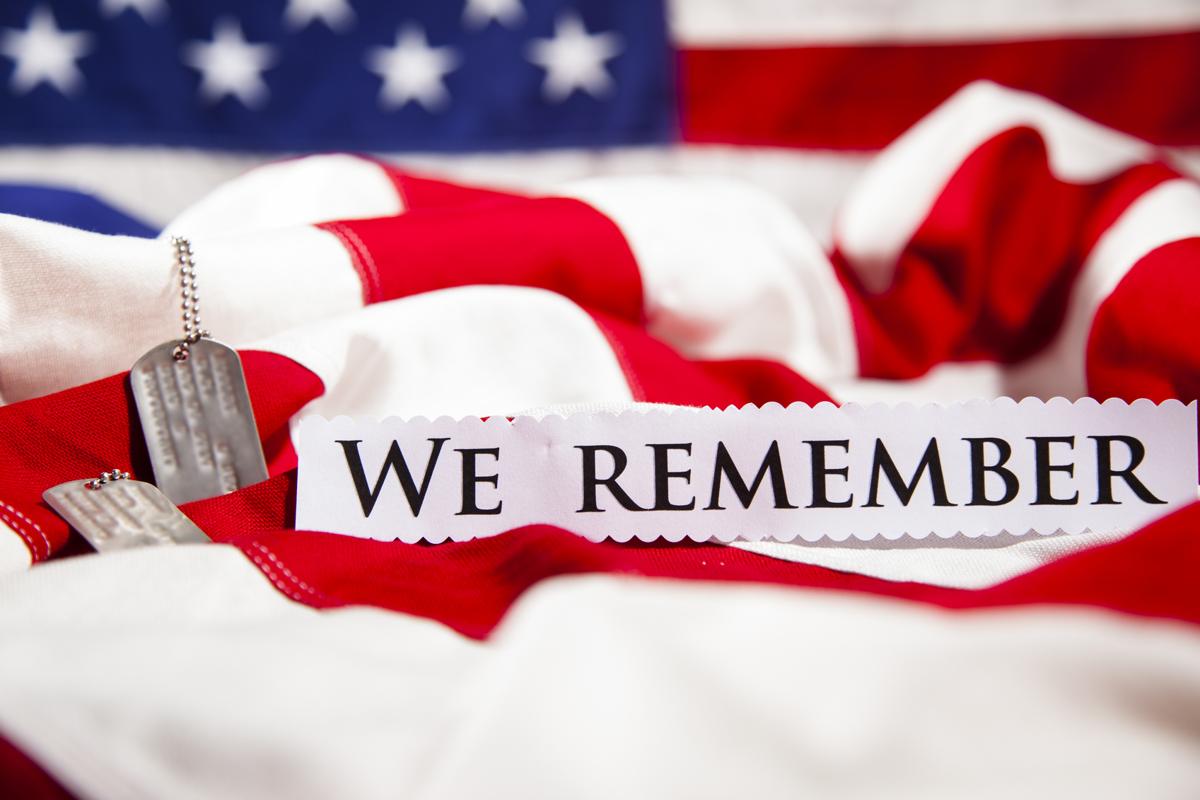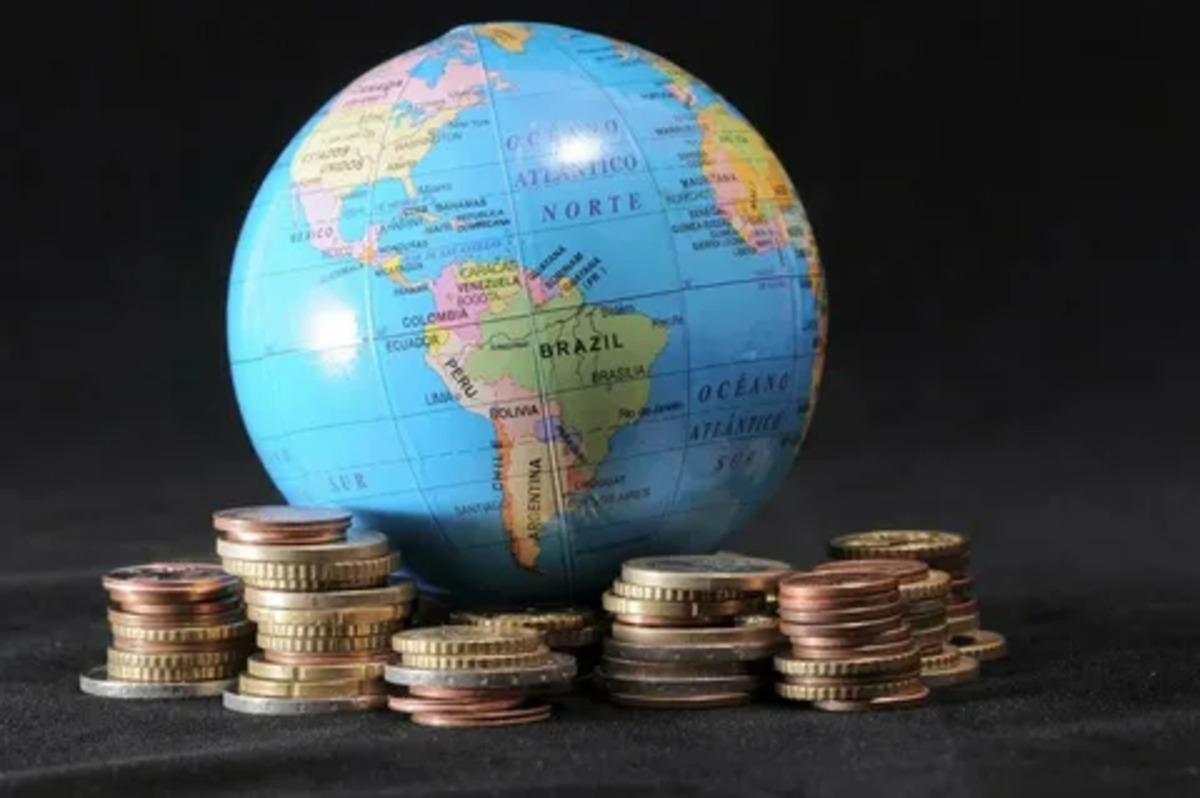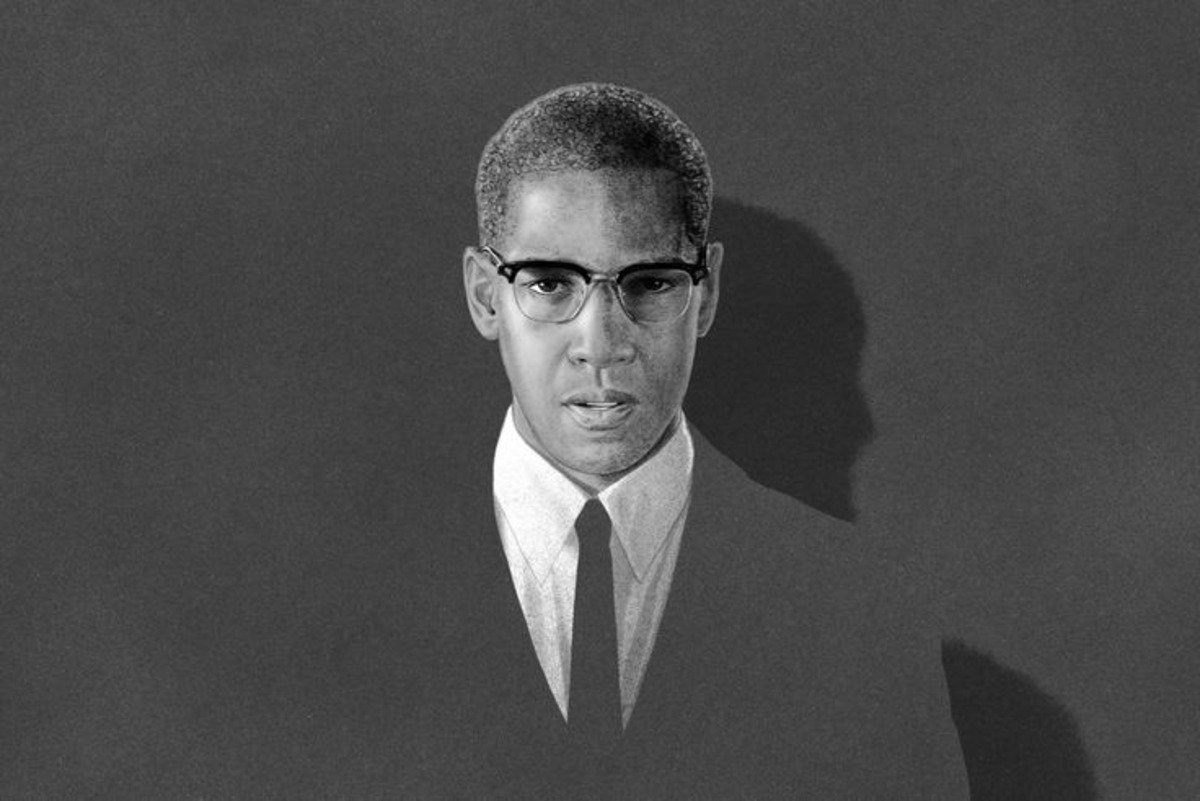
Small Business Accounting Hidden Secrets Medium Matt Oliver
June 30, 2022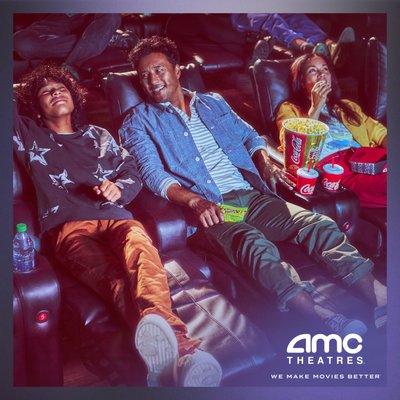
Amc Dine In Tech Ridge 10
July 2, 2022The Evolution of the USA Today Logo
The USA Today logo was first introduced in 1886. In the early twentieth century, the logo was somewhat unattractive, but designer Wolff Olins altered the logo in a bid to make it more appealing. Instead of the rounded, squared-off shape, he suggested a graphic depiction of the world, removing unnecessary elements. Today, the logo is comprised of a blue circle, which represents the globe and the point of view, and is centered on the left edge. The title of the newspaper is placed on the right side of the globe, and is colored black.
Original logo
The original USA Today logo has remained a favorite among graphic designers since it was first introduced to the public. The two colors in the logo make it a versatile, modern design that works well across a variety of media. Though it may seem overly simplistic, this design is flexible and adaptable to any project. This design is easily customizable, with its various colors, size, and style. Read on to learn more about USA Today’s history and evolution.
The original USA Today logo was created in 1978, when the newspaper was only a small operation. In the early 1980s, it was distributed in all 50 states, as well as in Canada, Asia, and Europe. It has an uppercase wordmark in a bold, white font, reminiscent of the early digital age. The logo is also a good example of science fiction visual identity in the real world, with different colors being used to distinguish different sections.
Simplified logo
The simplified USA Today logo is a simple version of the magazine’s masthead logo. The magazine has a circulation of 726,906 weekly newspapers and 504,000 digital-only subscribers, and it reaches a daily audience of 2.6 million people. Its new design is smart, inclusive, and unbiased, while maintaining its core values of truthfulness, fairness, and integrity. The magazine is distributed in all fifty states, Washington, D.C., and Puerto Rico.
In addition to the simplified USA Today logo, the newspaper brand has also changed its color palette. The former sported red and blue stripes, while the newer streamlined version features white and blue circles with black text. The new design uses Futura caps for legibility, a modernist typeface, and icon treatments based on the latest news. The new color palette allows the brand to incorporate co-brands and franchises.
Colorized forecast map
The back page of USA Today offers a range of resources, including temperature maps of the continental United States and Puerto Rico, as well as the U.S. Virgin Islands. The back page also includes temperature lists for many cities and even a weather code for each city. A colorized forecast map on the back page breaks away from the traditional style of displaying temperature ranges and provides a quick look at what to expect.
The weather map shows normal values for temperature, precipitation, and maximum/minimum temperatures. Normal values are highlighted in red, blue, green, or brown. When a range is below or above these values, saturation is likely. If the difference is greater than or equal to four, saturation is unlikely. The map shows the difference in dew point temperatures. The temperature at saturation is subtracted from air temperature and styled to look like the actual temperature.
Futura Futuris Bold sans serif typeface
Using a geometric sans serif typeface like Futura in the USA Today logo will bring attention to the brand. The typeface was designed by Paul Renner in 1927 and comes in six weights and two widths. Futura is also used in many movie posters and album covers. In addition to the USA Today logo, this typeface can be seen in a wide variety of media.
Using the Futura Futuris Bold typeface on the USA Today logo is an example of a modern use of a classic style. The font is elegant and fashionable and features two sets of dingbats. These dingbats include technology symbols and zodiac sign symbols. The font is a great choice for brands who are setting the trend.
